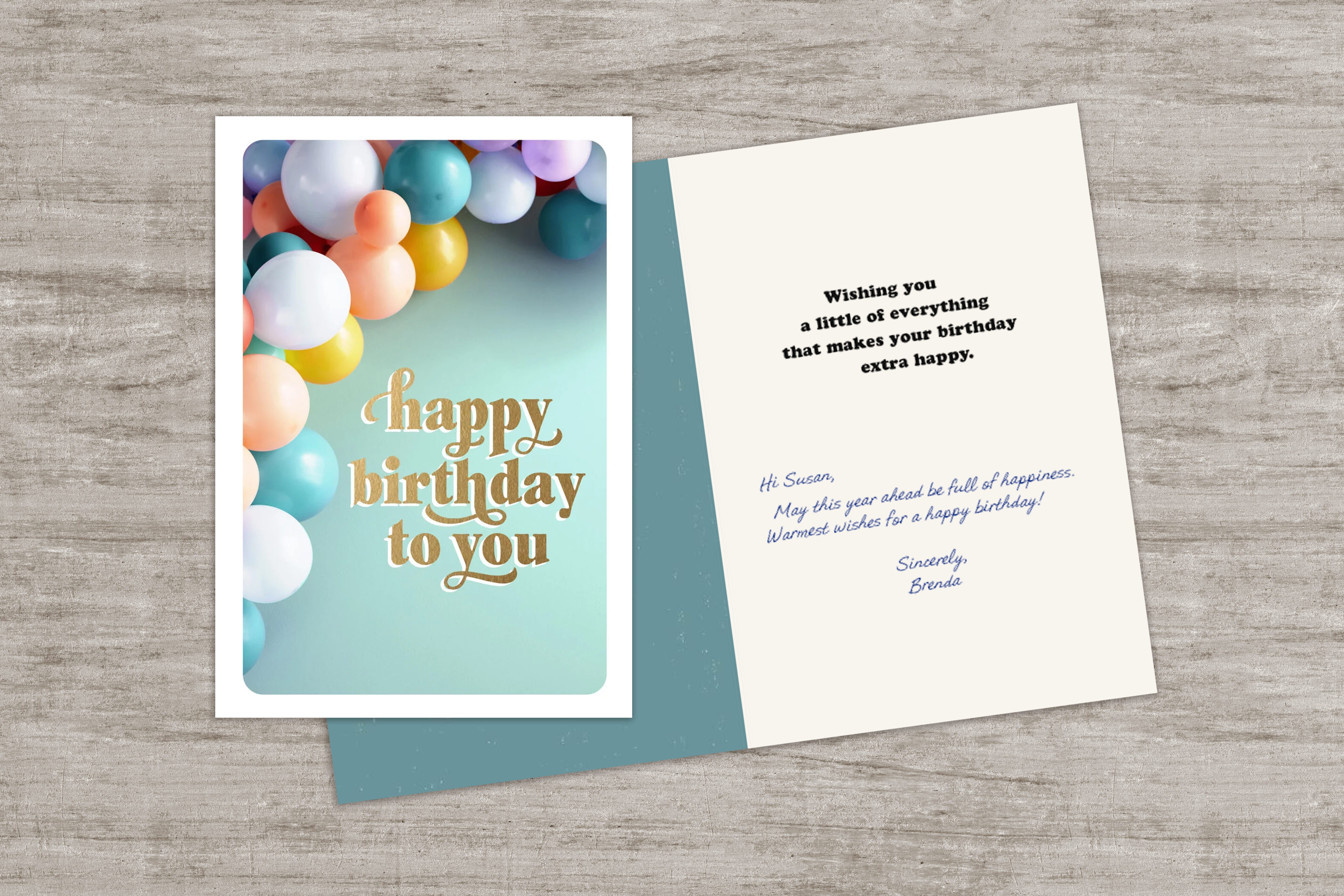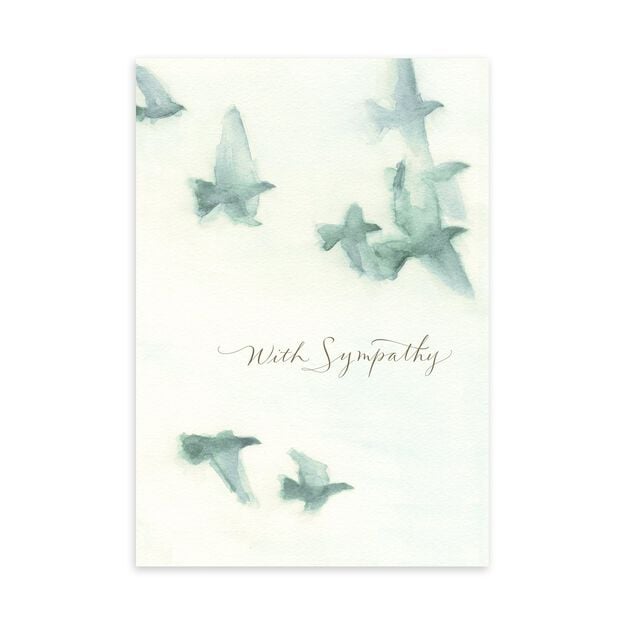Personal Engagement: The One-to-One Connection

As social animals, we crave human connection. Research from McKinsey & Company tells us 70 percent of buying experiences are based on how customers feel they’re being treated. So it’s completely logical that reaching out to customers in the form of commemorating life and personal occasions creates a significant bond and influences buying behavior.
That’s why I advocate for personal engagement, a one-to-one connection between an employee and a customer expressed in a way that’s genuine, emotional and authentic.
Bonus: Engaged Employees
In addition to creating brand loyalty, personal engagement comes with another not unexpected benefit—an uptick in employee satisfaction. By empowering employees to make a positive impact in the customer experience, employees feel better about themselves, their job and the customer. To make this happen, a personal engagement program must be:
Formal
, so employees understand management’s expectations and permit easy access to a mechanism that allows this interaction to happen, and
Informal
, in that employees have discretion and decision-making power at their usage.
Qualitative and Quantitative Business Results
During the course of a phone conversation, a service representative learns of a tragic fire that destroyed the customer’s family home. To show her concern, the rep sends a $50 gift card to help heal the physical and emotional damage.
After hearing that a customer’s husband had been hospitalized for weeks, a company representative sent a greeting card. This small gesture so moved the customer that she called back saying George was an angel for thinking of her.
After a routine mortgage processing became so rife with problems that a closing was delayed for several days, the customer was sent a gift card to rebuild the relationship. Despite the frustrations the customer experienced, he referred three friends.
When Paul Hagen of Forrester® Research says, “Design experiences rather than processes,” these are the kinds of interactions he means. And this is what I mean when I use the term “personal engagement.”
The data that comes back from these efforts are more than anecdotal. The metrics bear out the success of a personal engagement program:
38% average balance increase
32% revenue increase
21% purchase activity increase
10% customer retention improvement
18% job satisfaction improvement
If you’d like to see all the details of this case study, read Increasing Customer Engagement: Financial Services Representatives Connect With Their Clients.
In this Article
Products
Similar Articles







